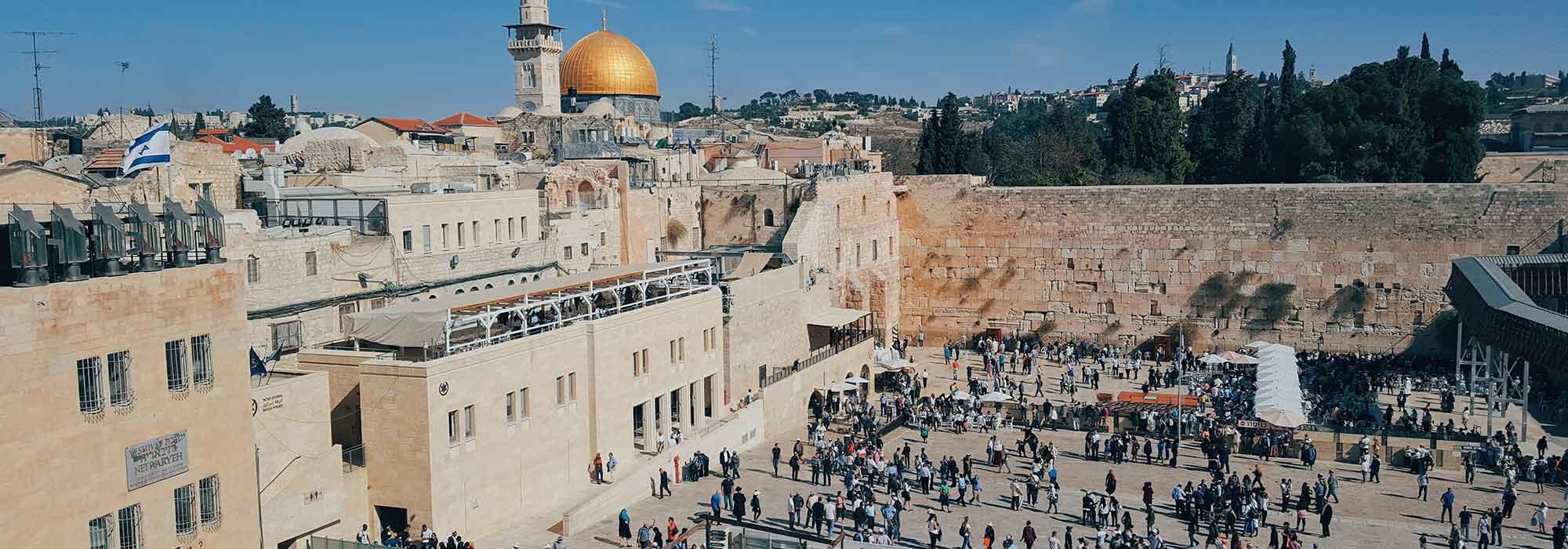The economics of the Gaza-Israel fighting
As Israel and Hamas slug it out yet again and as thousands are traumatised, killed, displaced, it strikes me how these two tiny bits of land can afford to keep bombing each other? Together, they are barely bigger than the size of Wales, either in land mass or numbers of inhabitants.
The question is particularly pertinent because resonating through the ‘Gaza Gabble” is one Palestinian argument that repeats itself; Israel’s response is disproportionate. (For the record, when discussing causes of war years ago in school, I do not recall anybody in history saying “we will not fight them because they might retaliate heavily and that would be awfully unfair). So, what allows Hamas to join the fight with Israel?
As I have repeatedly pointed out, until the onset of the Intifada in 2000, the World Bank identified the Palestinian economy under Israeli supervision as one of the fastest growing global economies over three decades. Once Hamas had secured its regime by 2007 and thrown out the former Fatah corrupt figures, the Gaza economy slowly began to make up some lost ground.
The previous economic infrastructure, such as greenhouses abandoned by Israel, was rejected. Instead, the focus was on the underground economy, literally. According to Doron Peskin from Info-Prod and quoted in the Hebrew paper “The Calcalist”, the contraband tunnel economy was worth around US$200m per month for the Hamas treasury. Jazeera says US$700m a year. Peskin cites an Egyptian source that estimates the sums at 9 billion dollars annually!
Either way, this is certainly enough to pay for 15,000 Hamas fighters, finance new shopping malls, encourage the import of luxury items, and see hundreds on new millionaires. Maybe only a top elite could afford this new economy. However, factor in how the cement is provided for free by Israel, and it is not difficult to understand how Hamas could afford to invest in factories that manufacture thousands of missiles that are then lobbed in to and all over the Holy Land.
For the record, Peskin believes these production lines are not very sophisticated, especially as the missiles are not smart devices. (After all, they have also landed in Bethlehem, Hebron and the outskirts of Ramallah). They cost about US$500 each. Accordingly, smugglers may demand about ten times that for an anti-aircraft Sam trajectory.
Last year, the new Egyptian ruler, Sisi, shut down the tunnel economy, flat and simple. Despite the severe financial hardships and even though the Sinai border is now also closed, Hamas does not attack Egypt. This leaves it with a problem – to find a way to pay for its 50,00 employees.
On the other side of the border, the Israeli economy is very proud of its achievements since 1986. Then bankrupt and suffering from hyper-inflation, today the country is a member of the OECD and has a first class stock exchange. Annual growth has rarely dipped below 3% since 2001.
Israel’s exports are led by the world of high-tech (eg Intel), diamonds, and military technology. And as the country has invested in these areas, it has found the resources (just) to create bomb shelters for much of the country and hospitals for most people. The electricity plant in Ashkelon also supplies Gaza, as could the new desalination plant, although both are currently under attack from Kassam.
Undoubtedly, the fragile Gaza economy is taking a hammering. It is still dependent on supplies from Israel, which keep coming despite the hostilities. Back in Israel, the commercial sector continues as best it can, and much depends on proximity to the Kassam launch pads. The stock market, which dropped initially, has rebounded. The shekel is fairly steady. Over the past decade of military campaigns, it has been the small business sector that has suffered, as owners have been called up to the reserves.
So my question is this? If Hamas had invested its capital in human resources and social infrastructure, as its neighbour has done, where would the Gaza economy stand today and would it need to support this frightening cycle of violence?


2 comments